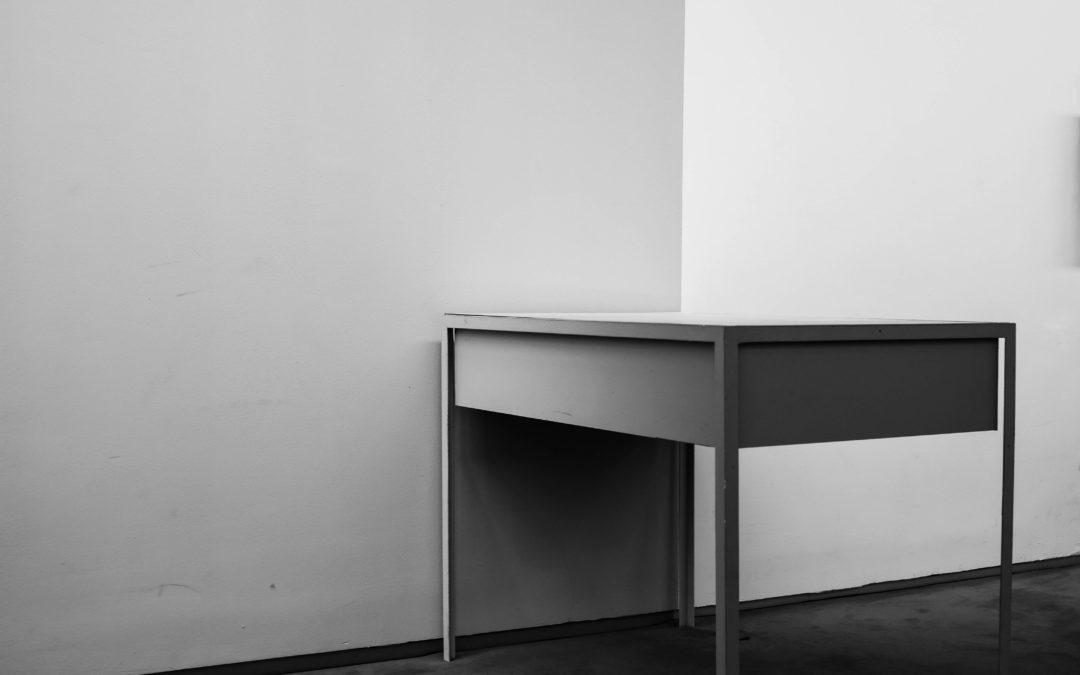When it comes to choosing the right cleanroom furniture for your plastics industry application, you have many options. Cleanroom tables come in a large selection of shapes, sizes, and materials, but not every table is a good fit for your cleanroom. Understanding the difference between common types of cleanroom tables could help you find the best option for your plastics industry cleanroom.
Cleanroom Tables, Workbenches, and Workstations
Cleanroom tables are just one type of surface you can use in your cleanroom. Other similar cleanroom furniture includes workbenches and workstations. What’s the difference? Tables, workbenches, and workstations are often used interchangeably, and the furniture itself could be used to serve a variety of purposes within your cleanroom design, but they do have small differences which could make one a better choice for you.
Workbenches are typically made to withstand a greater weight capacity. Built with sturdy, powder-coated steel frames, these surfaces are great for applications involving manual labor, such as in manufacturing and assembly.
Cleanroom tables are often used for lighter purposes, though not always. Cleanroom tables are versatile pieces of furniture, and can be used to hold equipment, serve as a desk, or a work space for conducting detailed tasks.
Workstations are typically for focused work, assembly of small parts, or as standing desks. They can also be used to support equipment like microscopes or vision systems for quality control. Workstations often have adjustable height options, so the user can decide what’s most comfortable for them.
Types of Cleanroom Tables
Cleanroom tables are made of sturdy materials that won’t shed particles or contribute to contamination of the controlled environment. The most common types of cleanroom tables are laminated, stainless steel and perforated.
Laminated Cleanroom Tables
Laminated cleanroom tables are coated with an epoxy resin or polypropylene to create a non porous, chemical-resistant surface that’s easy to clean and sterilize. These cleanroom tables are great for cleanrooms in ISO Class 5 or greater. Many laminate tables can be made conductive or electrostatic dissipative if the application demands anti-static properties.
Stainless Steel Cleanroom Tables
Stainless steel tables are a popular choice for cleanroom tables because they are easy to clean and sterilize, and are corrosion-resistant and non particle-shedding. These tables will work with any cleanroom classification standard, even the stringent requirements of ISO Class 3.
Perforated Cleanroom Tables
Perforated cleanroom tables are typically made of stainless steel, and offer all the same benefits, but have the added advantage of laser-cut holes across the table’s surface. This allows air to pass through the table without interrupting the cleanroom’s laminar flow or creating turbulence. Perforated cleanroom tables have powder-coated steel bases for great load bearing capacity.
Choosing the Right Cleanroom Table
To choose the best cleanroom tables for your application, you should also consider how you’ll use the furniture, and any other features that would make your work easier. These might include:
- Size: Consider how you’ll use your cleanroom tables: for working on larger tasks, or small, focused work. Keep in mind that larger tables also take up more space in your cleanroom.
- Height: Cleanroom tables with an adjustable height feature are ergonomic for employees and can be adaptable to a variety of uses.
- Storage: Some cleanroom tables have built-in storage in the form of drawers or shelves.
- Weight-Bearing Capacity: Consider what types of projects your cleanroom is involved in, or the weight of equipment cleanroom tables will be required to support.
- Anti-Static: Some plastics industry cleanrooms require conductive laminate or electrostatic dissipative materials for cleanroom furniture.
- Material: Your cleanroom classification will dictate which materials are acceptable within your cleanroom, but it should be a material that won’t corrode, shed particles, or be sensitive to chemicals used for cleaning.
Although there are many options to consider when choosing cleanroom tables, this gives you a great opportunity to find the ideal furniture for your application. If you’re still not sure which table will suit your needs best, talk to the cleanroom design experts at Angstrom Technology. With your industry requirements and cleanroom classification in mind, we can help guide you toward the best tables for your cleanroom design.


